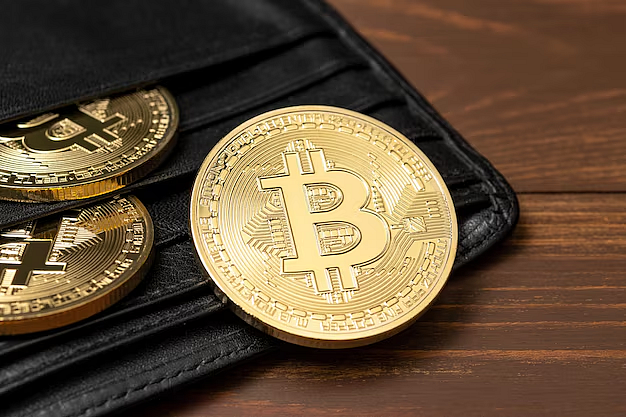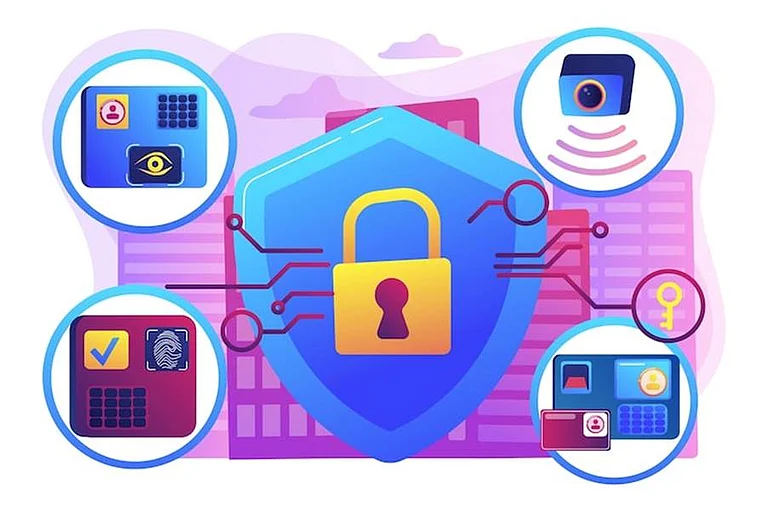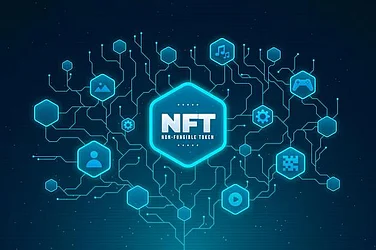Cryptocurrency has developed far beyond its initial function as a decentralized exchange mechanism. It is today the foundation of a surging digital economy that is reaching into finance, gaming, art, supply chains, and even real estate. At its center lies a deceptively straightforward yet incredibly powerful instrument — the crypto wallet. Just as the traditional wallets hold money and cards, crypto wallets are computer software that allow people to hold and manage their cryptocurrencies and interact with applications on the blockchain. As the scale of the blockchain market and its integration in day-to-day life grows larger by the day, the underlying technology of crypto wallets is advancing at a breakneck speed. The future of crypto wallets is brighter with more intelligence, security, and simplicity ahead of it, fixing issues that previously stunted the industry.
Overcoming Sticker Shock
In their early iterations, crypto wallets were barebones — frequently intimidating to use, with awkward interfaces and minimal security measures. They were created mainly for tech-literate users who knew private keys, seed phrases, and the danger that accompanies self-custody. But future wallets are expanding their short, going beyond storage to complete digital identification platforms. They are starting to support decentralized finance (DeFi), non-fungible tokens (NFTs), gaming tokens, and cross-chain transactions, all from a single interface.
With Web3 mainstreaming, users will be using crypto wallets not just for storing digital assets but also for accessing decentralized applications (dApps), voting on governance proposals, authenticating themselves, and receiving passive income in the form of staking or liquidity mining. This is a departure from wallets being mere inactive devices to active gateways to a decentralized web.
Invention Increasing More Security
Security has been a latent issue in the crypto world from day one. Misplacing a private key meant losing money, without any customer support to get assets back. Against the backdrop of increasing user bases, devs have pushed back with more secure features without relinquishing control.
By far the most exciting technology in this space is multi-party computation (MPC). MPC wallets divide up a private key into isolated shares distributed across separate servers so that no individual ever has the entire key. That eliminates the threat of hacking or accidental loss by a huge factor. At the same time, biometric login, hardware wallet support, and passwordless login become mainstream, so that wallets are simple and safe for non-techie users to operate.
Social recovery is another exciting development, where users can recover wallets using trusted friends in addition to seed phrases alone. Combined with smart contract wallets, which can include programmatic safeguards such as spending limits or time timeout, user experience is increasingly resilient and safe.
Interoperability and Cross-Chain Functionality
In the splintered world of blockchain chains — from Solana and Ethereum to newer ones such as Arbitrum or Avalanche — interoperability is currently a necessity. Users don't wish to have to utilize various wallets or jump through clunky processes to shift assets between chains. That created multi-chain wallets that are capable of storing and transferring assets across various networks effortlessly.
The next-generation crypto wallet will be highly interconnective with bridges and decentralized exchanges so that users will be able to transfer assets or exchange tokens directly from the wallet. Single interfaces will provide customers with a picture of all their holdings across chains, showing the composite picture of finances. With the increasing popularity of Layer-2 solutions due to the scalability and lower fees, the wallets will also have to deal with effortless switching between Layer-1 and Layer-2 environments due to increased usage.
Decentralized Identity integration
One of the most revolutionary aspects of future crypto wallets will be the way they enable digital identity.
Identity in Web3 is not tied to a login through email or social media but to wallet addresses and on-chain behavior. Your wallet can potentially become your logon to various services, your reputation aggregator on gaming or freelancer websites, and even your CV.
Initiatives such as Soulbound Tokens (SBTs) seek to allow wallets to include verifiable credentials — from diplomas to work history or political activism. In contrast to transferable tokens, the credentials remain with the wallet, allowing a permanent, verifiable digital identity. The technology can replace Web2's broken login systems with a decentralized, privacy-focused alternative.
The Rise of Intelligent Wallets and AI Support
Next-generation wallets will not only be secure but also smart. Through the application of artificial intelligence, they can provide real-time risk analysis, alert users before transferring money to phishing websites, or reporting portfolio performance. They can directly manage gas costs, optimize staking rewards, or suggest yield strategies depending on what the user is currently doing.
Envision a wallet that alerts you when a DeFi position is in danger of liquidation or when DAO voting deadlines related to your holdings are approaching. This kind of forward-thinking insight will enable users to manage the subtleties of crypto more lucratively and securely.
Regulatory Compliance and Custodial Hybrids
As innovation outruns regulation, wallets will need to do the same. There are going to be users who will desire non-custodial management of their funds, and others, particularly in institutional use cases, will desire more regulated, compliant custodial products. Hybrid wallets are arising to address the demand for both self-custody and custodial solutions from the same platform.
This would become more crucial for assets like tokenized property, shares, or central bank-issued digital currencies (CBDCs), which may be subject to rules that they must meet certain compliance features like KYC (Know Your Customer) or AML (Anti-Money Laundering) verification. Future wallets must be user sovereign and legally acceptable without compromising on security and privacy.
Toward a More Inclusive Financial Future
One of the most revolutionary dimensions of wallet technology development is the manner in which it may democratize finance access. Throughout much of the world, individuals are not privy to banks or credit facilities but have smartphones. Crypto wallets can therefore fill this gap, providing the power to one's money, access to global markets, and entry into a decentralized financial system without the need for a conventional bank account.
The test is to simplify the user experience so much that anyone, technical acumen or literacy level aside, can use a wallet easily. The future will probably be super-simple mobile wallets with simple interfaces, learning embedded, and native local currency and language support. That will open up the next billion users of crypto in the world. Conclusion: A Wallet for the Web3 Era
Crypto wallet development mirrors that of the blockchain environment at large — from experimental beginnings to a mainstream, user-focused platform. Wallets of the future will transcend their initial purpose as digital vaults and become customized command centers of all aspects of our digital life. They will facilitate effortless interaction with dApps, defend against scams, assist in controlling complex financial maneuvers, and be our digital passport in an uncensored world.
The cryptocurrency wallet technology of tomorrow is one of convergence — of chains, of services, of identity and security — all converging together to empower you to have more control, accessibility, and confidence. Whether new to cryptocurrency or a veteran blockchain user, the future of wallets is here to revolutionize the way you store, access, and interact with your digital life.

























